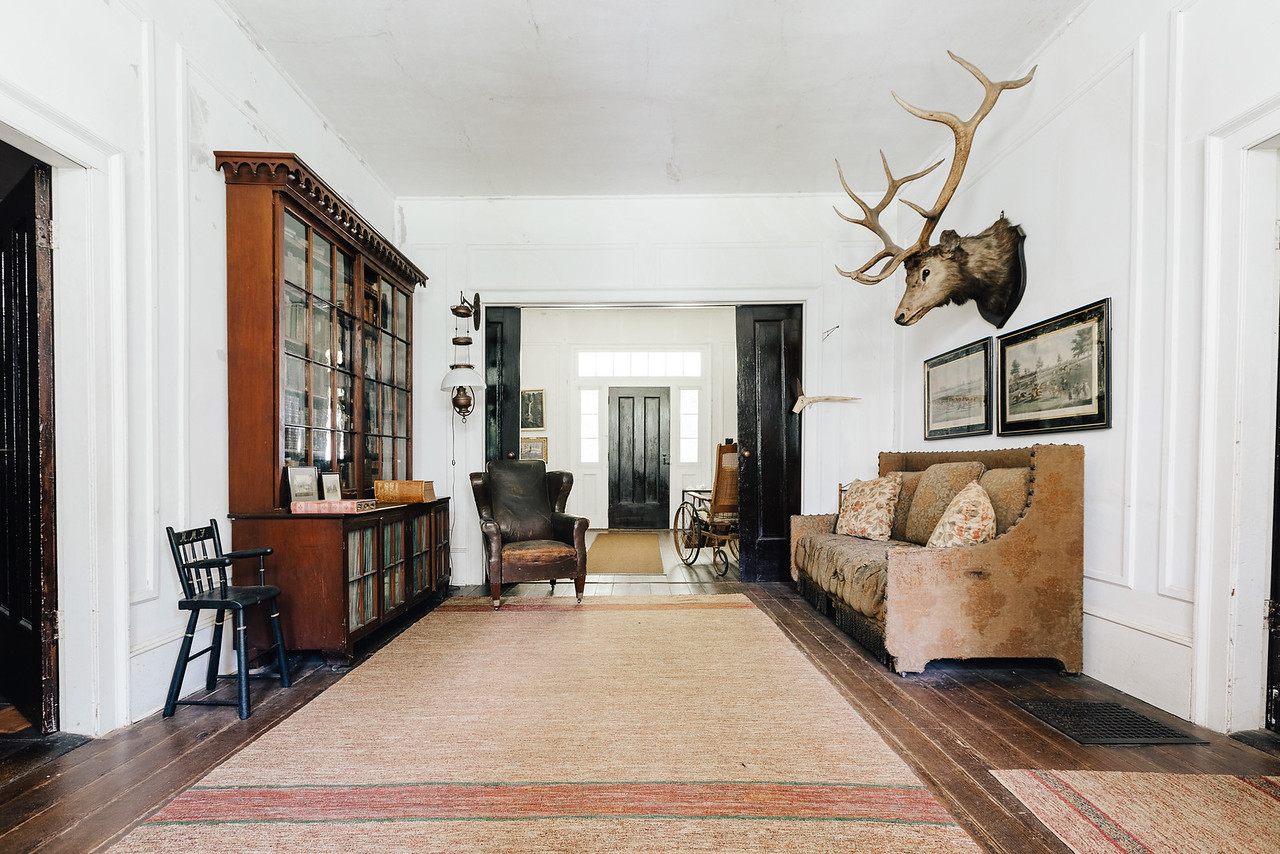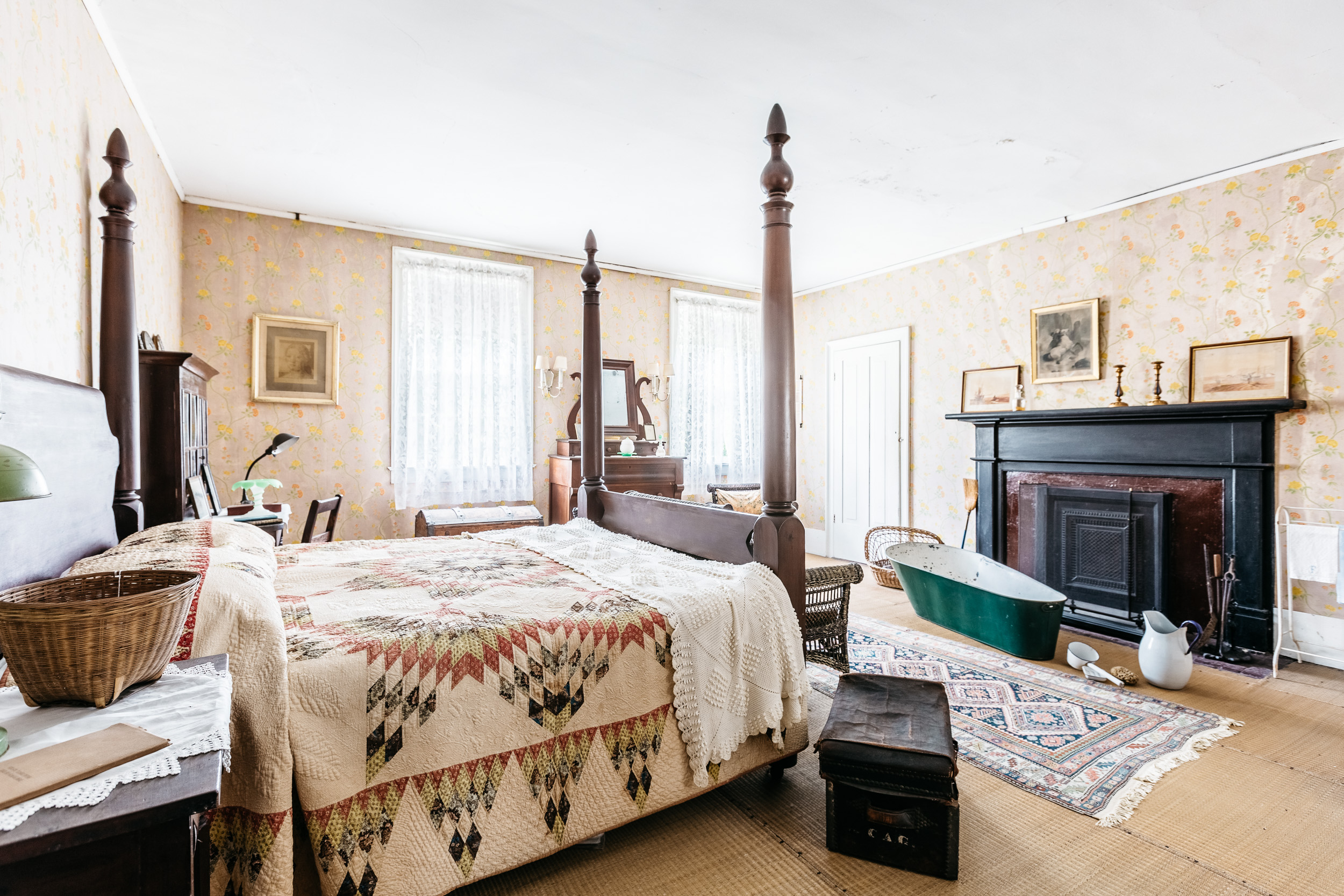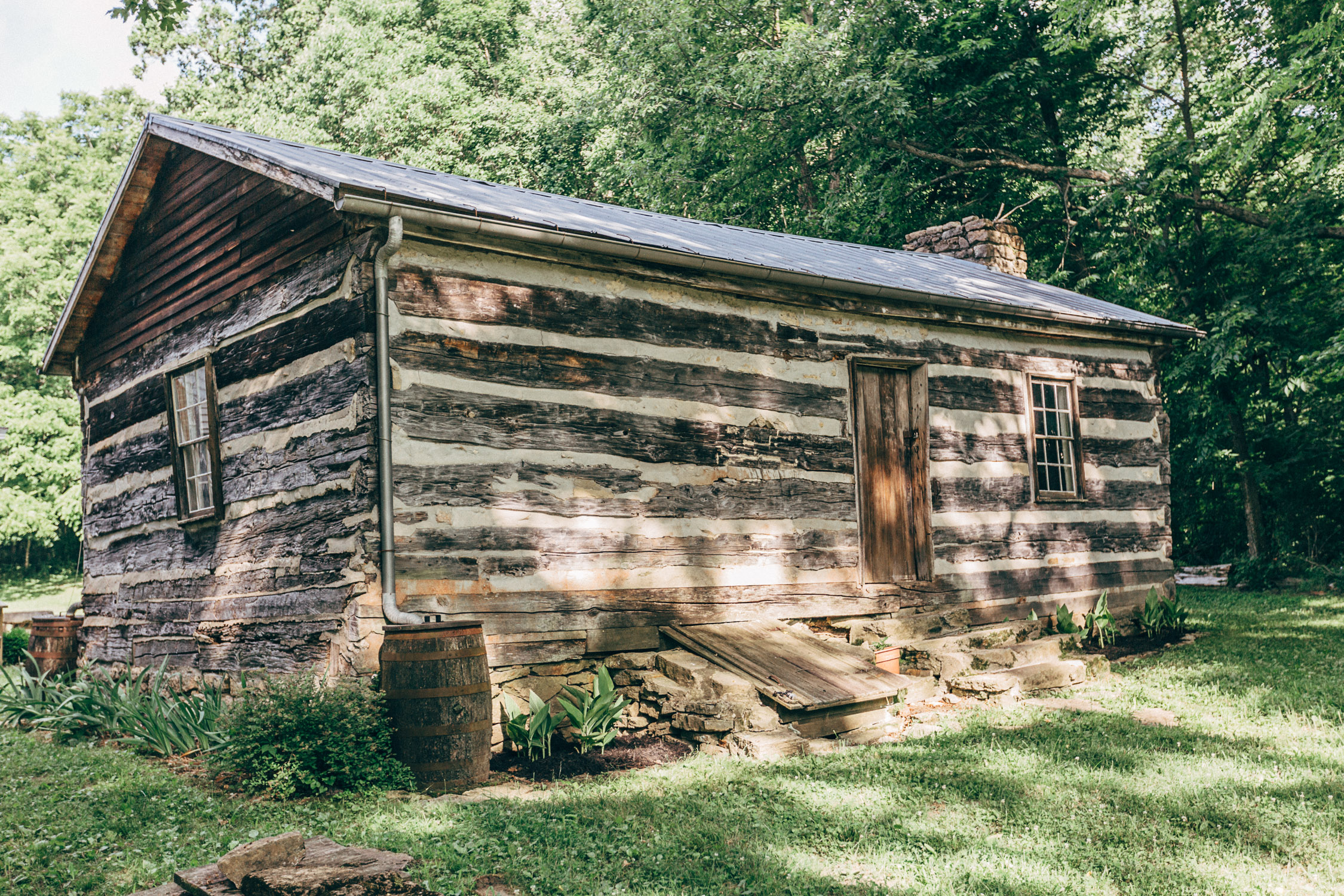About The Graveyard
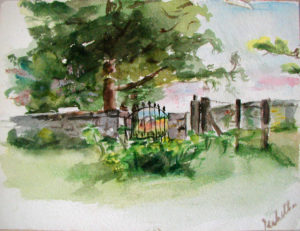
Painting by Isabella
In the summer of 1867, James Dinsmore hired local men to begin work on the graveyard wall. For twenty years, the Dinsmore’s had been burying their family members and African American slaves and freedpeople on the hill beside the house. Now James wanted to have a wall to enclose the graves. His daughter, Isabella Flandrau, had died that June, and perhaps, at seventy-six years old, his aching bones reminded him of his own mortality. Over the years, as the gravestones and the wall aged, the place became a picturesque retreat for James’ surviving daughter, Julia. She planted flowers near the graves and enjoyed watching the sun set from atop the hill. When Julia managed the farm, the hillside was a well-manicured vineyard and you could see the Ohio River and into Indiana from atop the graveyard hill—what a beautiful spot!
Dinsmore Farm - Burlington, KY - Family Graveyard - Spherical Image - RICOH THETA
Who is buried in the graveyard?
Front Row
Julia Dinsmore (1833-1926)
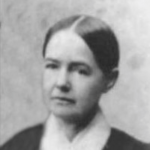 Middle child of James and Martha Dinsmore. At the age of thirty-nine she inherited the 400 acre farm from her father, while also raising her two nieces, Patty and Sally. A published poet, she kept a journal detailing almost each day of the fifty-four years that she managed the farm—a priceless Boone County artifact. Julia made the farm a sanctuary from the outside world, and her family and friends visited often. (Read Her Biography)
Middle child of James and Martha Dinsmore. At the age of thirty-nine she inherited the 400 acre farm from her father, while also raising her two nieces, Patty and Sally. A published poet, she kept a journal detailing almost each day of the fifty-four years that she managed the farm—a priceless Boone County artifact. Julia made the farm a sanctuary from the outside world, and her family and friends visited often. (Read Her Biography)
Isabella Dinsmore Flandrau (1830-1867)
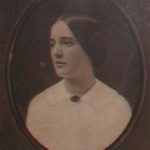 The eldest daughter of James and Martha, Isabella was the only child to marry. She wed her 1st cousin, Charles Flandrau, in James’ parlor in 1859, and the two moved to Minnesota, where Charles was a respected lawyer. Both of her daughters were born on the farm. Isabella died after the birth of her 2nd child. (Read Her Biography)
The eldest daughter of James and Martha, Isabella was the only child to marry. She wed her 1st cousin, Charles Flandrau, in James’ parlor in 1859, and the two moved to Minnesota, where Charles was a respected lawyer. Both of her daughters were born on the farm. Isabella died after the birth of her 2nd child. (Read Her Biography)
Martha Macomb Dinsmore (1797-1859)
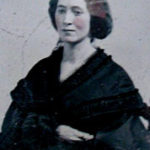 Martha was the 15th child of Alexander and Jane Rucker Macomb. She was born in New York and married James Dinsmore in May of 1829. Three of her children survived infancy and she instilled in them her respect for education. (Read Her Biography)
Martha was the 15th child of Alexander and Jane Rucker Macomb. She was born in New York and married James Dinsmore in May of 1829. Three of her children survived infancy and she instilled in them her respect for education. (Read Her Biography)
Susan Dinsmore (1835-1851)
 The youngest child of James and Martha, Susan died at the age of 15 in a boating accident on Lake Erie with her cousin, Mary Ann Goodrich. (Read Her Biography)
The youngest child of James and Martha, Susan died at the age of 15 in a boating accident on Lake Erie with her cousin, Mary Ann Goodrich. (Read Her Biography)
James Dinsmore (1790-1872)
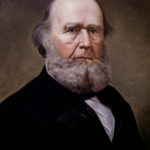 Born in New Hampshire, James moved to Mississippi and then Louisiana, becoming wealthy through sugar cane, cotton, and slavery. Perhaps tiring of the uncertainty of those markets, he moved to Boone County and became a diversified, scientific farmer. (Read His Biography)
Born in New Hampshire, James moved to Mississippi and then Louisiana, becoming wealthy through sugar cane, cotton, and slavery. Perhaps tiring of the uncertainty of those markets, he moved to Boone County and became a diversified, scientific farmer. (Read His Biography)
Mary Gordon Dinsmoor (1777-1854)
In 1806, Mary, a native of New Hampshire, married Silas Dinsmoor and moved south with him. Although she gave birth to 7 children, only two of them lived to adulthood.
Silas Dinsmoor (1766-1847)
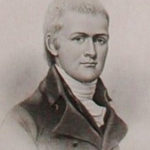 Silas, like his nephew, James, was born in New Hampshire and was a graduate of Dartmouth College. Appointed U.S. Agent to the Cherokee and Choctaw, Silas spent much of his life in the South. Around the age of 65 he settled in Belleview Bottoms and encouraged his nephew James to buy land nearby. (Read His Biography)
Silas, like his nephew, James, was born in New Hampshire and was a graduate of Dartmouth College. Appointed U.S. Agent to the Cherokee and Choctaw, Silas spent much of his life in the South. Around the age of 65 he settled in Belleview Bottoms and encouraged his nephew James to buy land nearby. (Read His Biography)Mary Gordon Dinsmoor “Molly” (1849-1851)
Little Molly, the first-born of Thomas Dinsmoor and his wife, Eugenia Wadsworth Dinsmoor (a former tutor to James’ daughters), died before her second birthday. According to family history, the little girl was sick and fell backward into the dining room fireplace, striking her head on the andirons. She died soon after, probably from the wound becoming infected.
Catharine Goodrich (1831-1848)
While visiting the Dinsmore family for Christmas, Catharine took ill and died. Since her body was not returned to New York to be buried, she may have had a highly contagious disease like cholera. Although her brother, B.F. Goodrich, visited the Dinsmore farm several times, it was Catharine’s cousin, Julia, who eventually purchased her headstone.
Back Row
Sarah Flandrau Cutcheon “Sally” (1866-1947)
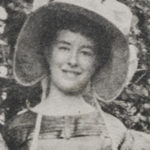 Sally, the younger daughter of Isabella and Charles Flandrau , was born at the Dinsmore farm in Boone County. Raised by her Aunt Julia Dinsmore, Sally attended Miss Porter’s school in Connecticut and in 1891 married Frank Cutcheon. The couple had homes in Santa Barbara and Long Island and then inherited Aunt Julia’s farm in 1926. (Read Her Biography)
Sally, the younger daughter of Isabella and Charles Flandrau , was born at the Dinsmore farm in Boone County. Raised by her Aunt Julia Dinsmore, Sally attended Miss Porter’s school in Connecticut and in 1891 married Frank Cutcheon. The couple had homes in Santa Barbara and Long Island and then inherited Aunt Julia’s farm in 1926. (Read Her Biography)
Franklin F.W.M. Cutcheon (1864-1936)
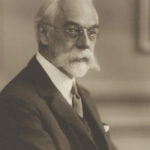 Born in Dexter, Michigan, Frank was a young lawyer in Charles Flandrau’s law firm when he met and married Sally Flandrau. The couple never had children, but took a deep interest in their niece, Isabella Selmes. Frank became a very successful corporate lawyer in New York City. (Read His Biography)
Born in Dexter, Michigan, Frank was a young lawyer in Charles Flandrau’s law firm when he met and married Sally Flandrau. The couple never had children, but took a deep interest in their niece, Isabella Selmes. Frank became a very successful corporate lawyer in New York City. (Read His Biography)
Martha Flandrau Selmes “Patty” (1861- 1923)
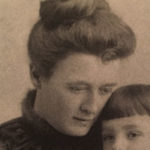 The eldest daughter of Charles and Isabella Flandrau, Patty was born on the Dinsmore farm. After her mother’s death in 1867, she came to Boone County to live with her grandpa and Aunt Julia. She attended Miss Nourse’s school in Cincinnati where her interest in writing and drawing was encouraged. At the age of 21, Patty married Tilden Selmes and the couple had one child, Isabella. After Tilden’s early death, Patty ran a ham business on the farm. Her intelligence and wit attracted men like Teddy Roosevelt and Gutzon Borglum. (Read Her Biography)
The eldest daughter of Charles and Isabella Flandrau, Patty was born on the Dinsmore farm. After her mother’s death in 1867, she came to Boone County to live with her grandpa and Aunt Julia. She attended Miss Nourse’s school in Cincinnati where her interest in writing and drawing was encouraged. At the age of 21, Patty married Tilden Selmes and the couple had one child, Isabella. After Tilden’s early death, Patty ran a ham business on the farm. Her intelligence and wit attracted men like Teddy Roosevelt and Gutzon Borglum. (Read Her Biography)
Tilden R. Selmes (1853-1895)
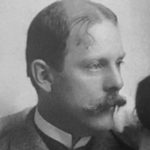 Tilden was born in Hannibal, Missouri, to Tilden and Sarah Benton Selmes. A graduate of Yale, he moved to St. Paul to practice law. It was there that he met and married Patty Flandrau. The couple moved to Tilden’s ranch near Mandan, Dakota Territory, where they befriended Teddy Roosevelt. Tilden was diagnosed with stomach cancer at the age of 41 and died at the Dinsmore farm. (Read His Biography)
Tilden was born in Hannibal, Missouri, to Tilden and Sarah Benton Selmes. A graduate of Yale, he moved to St. Paul to practice law. It was there that he met and married Patty Flandrau. The couple moved to Tilden’s ranch near Mandan, Dakota Territory, where they befriended Teddy Roosevelt. Tilden was diagnosed with stomach cancer at the age of 41 and died at the Dinsmore farm. (Read His Biography)
Robert H. M. Ferguson (1867-1922)
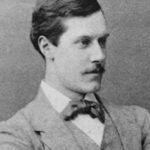 Born and raised in Scotland, Robert came to America as a young adult and befriended the Roosevelt and Selmes families and became a member of the Rough Riders. In 1908, three years after his marriage to the 19-year old Isabella, Robert was diagnosed with tuberculosis. He moved his family to New Mexico and outlived the doctors’ predictions. (Read His Biography)
Born and raised in Scotland, Robert came to America as a young adult and befriended the Roosevelt and Selmes families and became a member of the Rough Riders. In 1908, three years after his marriage to the 19-year old Isabella, Robert was diagnosed with tuberculosis. He moved his family to New Mexico and outlived the doctors’ predictions. (Read His Biography)
Robert Ferguson (1908-1980) & Frances Hand Ferguson (ca. 1907-1995)
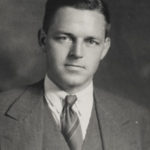
Bob was the son of Robert and Isabella Ferguson. He had a rough-and-tumble childhood in the mountains of New Mexico, but went on to graduate from Yale with a law degree. In 1933, he married Frances Hand, the daughter of Judge Learned Hand, of the New York Supreme Court. The couple had 3 children. (Read Robert Ferguson's biography)
Isabella Selmes Greenway King (1886-1953)
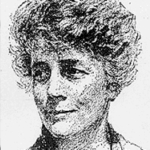 Like her mother before her, Isabella was born on the Dinsmore farm. Although educated in St. Paul, she always returned to Boone County to spend her summers. At the age of 19, Isabella was married to Robert H.M. Ferguson. They had two children. One year after Robert died, Isabella married his friend, John Greenway, and the couple had one son. After Greenway’s death, his widow opened the Arizona Inn and became that state’s first Congresswoman. She later married Harry King, who outlived her. (Read Her Biography)
Like her mother before her, Isabella was born on the Dinsmore farm. Although educated in St. Paul, she always returned to Boone County to spend her summers. At the age of 19, Isabella was married to Robert H.M. Ferguson. They had two children. One year after Robert died, Isabella married his friend, John Greenway, and the couple had one son. After Greenway’s death, his widow opened the Arizona Inn and became that state’s first Congresswoman. She later married Harry King, who outlived her. (Read Her Biography)
John Campbell Greenway (1872-1926)
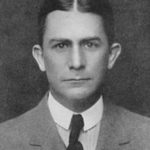 John was born in Huntsville, Alabama, and graduated from Yale University with an engineering degree. Rising to the upper echelons of the mining industry, Greenway was also a Rough Rider and was a brevetted Brigadier General. In 1923, he married Isabella Ferguson. His death came three years later after a gall bladder operation. (Read His Biography)
John was born in Huntsville, Alabama, and graduated from Yale University with an engineering degree. Rising to the upper echelons of the mining industry, Greenway was also a Rough Rider and was a brevetted Brigadier General. In 1923, he married Isabella Ferguson. His death came three years later after a gall bladder operation. (Read His Biography)
John Selmes Greenway (1924-1995)
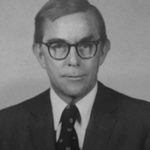 Less than 2 years old when his father died, “Jack” was very close to his mother. Like his father and grandfather, he attended Yale, but quit in 1943 to take part in World War II. Later, he graduated from the University of Arizona with a law degree. Jack never married and lived out his life in Tucson. (Read His Biography)
Less than 2 years old when his father died, “Jack” was very close to his mother. Like his father and grandfather, he attended Yale, but quit in 1943 to take part in World War II. Later, he graduated from the University of Arizona with a law degree. Jack never married and lived out his life in Tucson. (Read His Biography)Martha Ferguson Breasted (1906-1994)
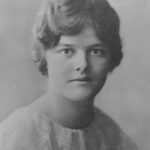 Martha was born in New York, but grew up in the mountains of western New Mexico. A very sociable and well- traveled young lady, she married a journalist, Charles Breasted, when she was 26. The couple had 4 children. It was Martha who chose to turn the Dinsmore farm into a museum. (Read Her Biography)
Martha was born in New York, but grew up in the mountains of western New Mexico. A very sociable and well- traveled young lady, she married a journalist, Charles Breasted, when she was 26. The couple had 4 children. It was Martha who chose to turn the Dinsmore farm into a museum. (Read Her Biography)
To the right of the family graves are the field- stones that mark the final resting place for the African Americans who had, at one time, been slaves on the Dinsmore farm.
Julia Farley Loving (1857-1950)
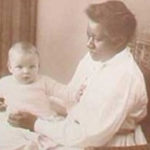 Born in Virginia, Julia was living in St. Paul when she agreed to accompany Patty Selmes to the Dakota Territory to keep house. Julia helped to raise Isabella and then followed her to New York City and raised her children, Martha and Bobby Ferguson. Over six feet tall and fluent in French, she retired to California. When Martha Ferguson died, she requested to be cremated and to have her ashes placed in Julia Farley Loving’s grave. (Read Her Biography)
Born in Virginia, Julia was living in St. Paul when she agreed to accompany Patty Selmes to the Dakota Territory to keep house. Julia helped to raise Isabella and then followed her to New York City and raised her children, Martha and Bobby Ferguson. Over six feet tall and fluent in French, she retired to California. When Martha Ferguson died, she requested to be cremated and to have her ashes placed in Julia Farley Loving’s grave. (Read Her Biography)Nancy Mcgruder (ca. 1810-1906)
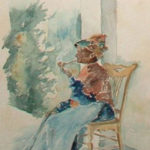 Nancy was born a slave. She belonged to the Minor family of Natchez, when James Dinsmore purchased her in the 1820s. Brought to Kentucky with the family, she ran away in September, 1865, but returned in 1878 when she could no longer make a living for herself. She remained on the farm with Julia until her death. (Read Her Biography)
Nancy was born a slave. She belonged to the Minor family of Natchez, when James Dinsmore purchased her in the 1820s. Brought to Kentucky with the family, she ran away in September, 1865, but returned in 1878 when she could no longer make a living for herself. She remained on the farm with Julia until her death. (Read Her Biography)
Coah (ca. 1790-1862)
Coah was born in Africa and sold into slavery as a boy. Owned by the Minor family of Natchez, he worked on the Dinsmore’s Louisiana plantation. James purchased him and brought him to Kentucky. He requested to be buried in a shroud. (Read His Biography)
Jilson Hawkins (ca. 1810-1879), Eliza Hawkins (ca. 1819- 1904) and two children or grandchildren: Eliza (ca. 1855- 1870) and Mary (ca. 1866-1873)
Like Nancy, Jilson was purchased from the Minor family, but Eliza was bought from a Virginian. The couple remained in Louisiana when James moved to Kentucky, but later followed him there. After the Civil War, they remained on the farm as tenants, moving to Rising Sun, Indiana, in 1874, with money James left them in his will. (Read Their Biographies)
